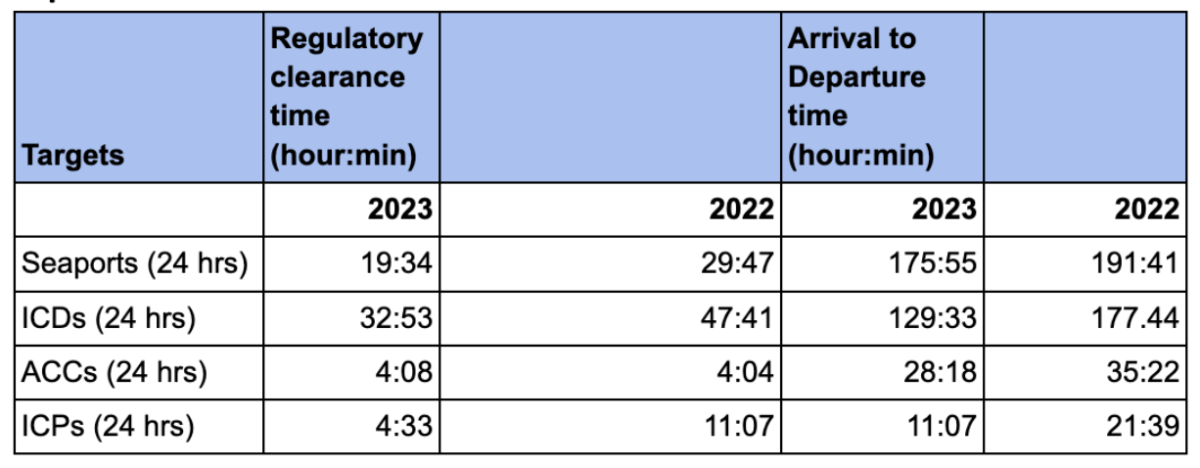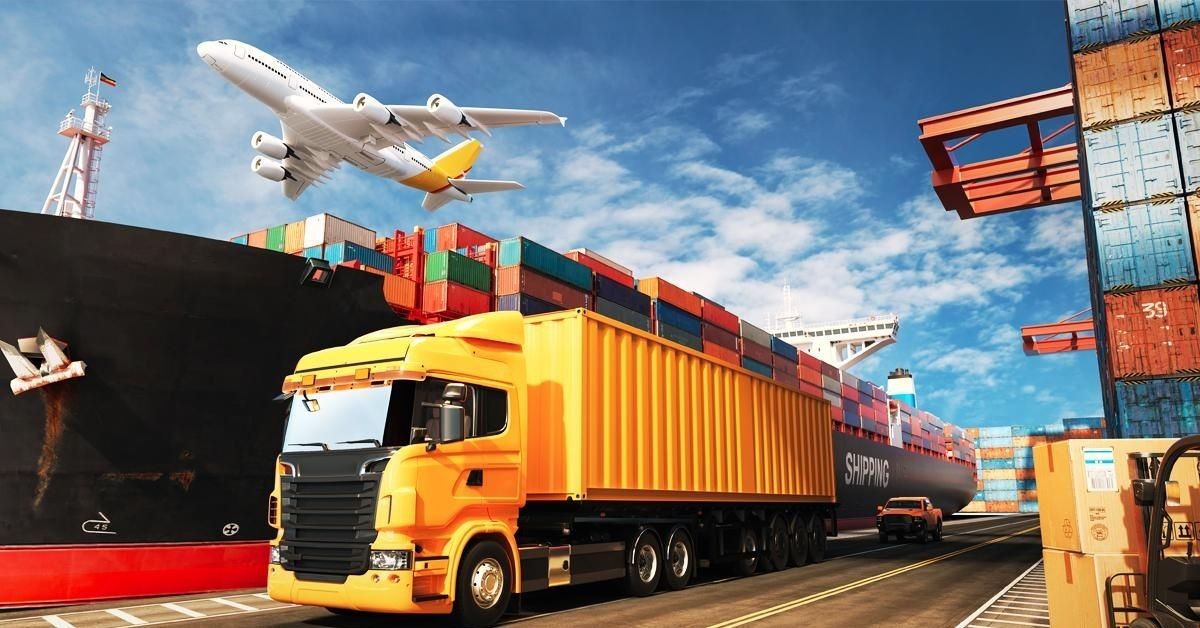The study covers seaports, inland container depots (ICDs), air cargo complexes (ACCs), and integrated check posts (ICPs), among others. These are the places where nearly 80% of bills of entry and almost 70% of shipping bills are filed in India, indicating that the majority of goods pass through these places while entering or exiting the country.
It is confirmed that the supply chain industry is the backbone of the economic growth of a country and also that any block or delay here can send a ripple effect up and down the logistics chain.

It should be noted that the release time includes regulatory clearance time as well as post-regulatory clearance time. The regulatory clearance time includes the duration it takes for exporters to get all the documentation authorised by customs, while the post-regulatory clearance time is the time it takes for goods to leave a customs station. The target for both is 24 hours. High release time means high export/import costs, and therefore, high logistics costs. It ultimately becomes necessary to reduce the release time estimates in order to reduce India’s logistics cost.
While the regulatory clearance time has achieved its targets for seaports — at 19 hours and 34 minutes in 2023 from 29 hours and 47 minutes in 2022 — the post-regulatory clearance has not. This process takes about 175 hours and 55 minutes, from 191 hours and 41 minutes in 2022.
There are a number of changes that can be made in order to make further improvements. According to the industry players, the largely unorganised nature of India’s logistics industry is a major deterrent. “We do not have large freight forwarders in India. We do not even have our own shipping line and have overall control of the local market, which is quite large and unorganised. The custom house agents (CHAs) sometimes play the role of freight forwarders, apart from doing custom clearance. They are also very unorganised,” said a member of the industry.
A shift towards an organized and tech-driven ecosystem is necessary to improve efficiency and reduce costs.
Another reason cited is the compliance and regulatory requirements that act as a delaying factor in the loading and unloading of cargo. For instance, trucks that have a certain time window to enter cities can get stuck due to traffic restrictions. If the time window closes for the day, a trucker carrying goods for exports will have to wait somewhere, causing a delay of hours and sometimes a day or two, for the truck to just reach the port.
Additionally, there are restrictions at certain ports for clearing some products, and these restrictions force exporters to transport goods to distant ports, resulting in transportation delays and increased costs. Improving port infrastructure and optimizing container routes can significantly enhance logistics efficiency.
The logistics segment in India has also often underestimated the importance of route planning, leading to delays and increased costs. Effective route planning is essential for the timely delivery of goods, minimising fuel and driver costs, optimizing truck utilization, reducing wear and tear, and enhancing customer satisfaction.
The Report also suggests that a shift towards digitisation can transform the logistics sector in India. A robust IT support structure can streamline processes, reduce paperwork, and save time. Such technology can also be used to upload documents in advance, conduct real-time checks, and automate compliance, and can significantly expedite clearance and reduce delays. Implementing smart logistics solutions and adopting innovative practices will enable India to compete globally and attract investment in the sector.








